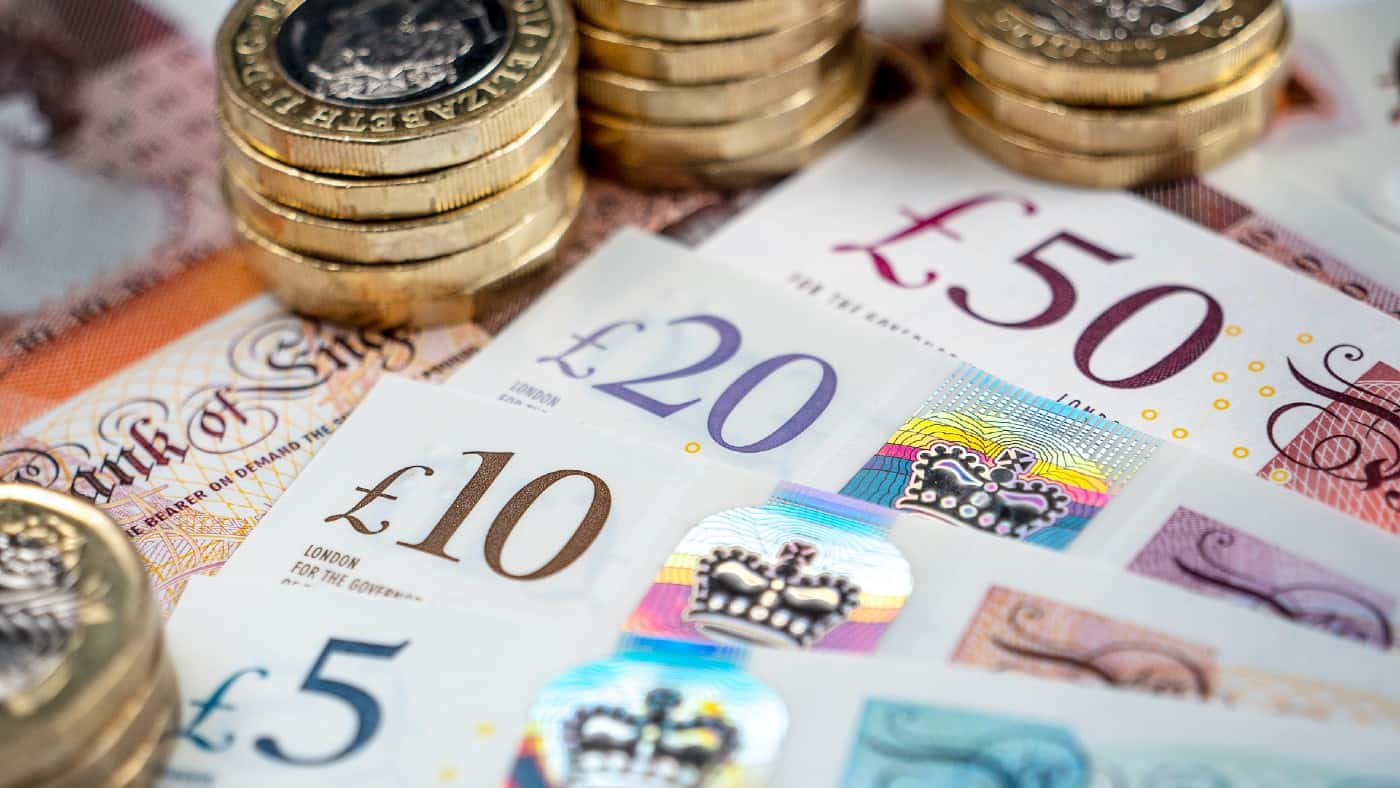Image source: Getty Images
The S&P 500 has been all over the shop in December. It started off on the front foot, reaching a record intraday high of 6,099, but has since pulled back nearly 4% to 5,867.
Meanwhile, the Dow Jones Industrial Average, which tracks 30 blue-chip companies, recently ended a 10-day losing streak. That was the index’s longest winless run in 50 years!
What’s going on here? Let’s take a gander.
The market hates uncertainty
On 18 December, all three US indexes (including the tech-heavy Nasdaq) recorded their biggest declines in yonks. This came after the Federal Reserve cut interest rates by 25 basis points.
But surely that was a good thing? Well, not when the forward-looking market disliked Fed Chair Jerome Powell’s statement that it expects to cut rates twice in 2025, rather than four times as first thought.
Investors have started to worry about inflation. It’s creeping back up there (and here in the UK), and some fear Donald Trump’s proposed tariffs might fan the flames. Rates may now stay higher for longer.
The volatility is probably being exacerbated by the the S&P 500’s very rich valuation. Right now, it’s trading on a price-to-earnings (P/E) multiple of around 25. That’s well above its long-term average of 18.
Zooming out
As a Foolish long-term investor, I think it helps to zoom out rather than worry about day-to-day market fluctuations.
Over the past decade, the S&P 500 has risen around 200%, including dividends. That translates into an incredible compound annual growth rate (CAGR) of 11.6%.
In other words, £10,000 invested back then would now be worth £30,000 (excluding currency moves).
The S&P 500 achieved this despite the first global pandemic in a century, multiple wars, high inflation, and geopolitical tension between the two global superpowers (US and China).
Nobody can say the next decade will be as fruitful as the last one. But the global stock market (dominated by S&P 500 firms) has proven to be incredibly resilient in the past and I expect that to continue in future.
The UK offers great value
Still, investors worried about ploughing fresh money into the pricey S&P 500 might want to consider FTSE 100 shares instead. They’re collectively trading on a much lower P/E ratio of 15.
One UK stock that I think is worth considering is Diageo (LSE: DGE). Rising 6% in a month, shares of the alcohol giant have been attempting a bit of a comeback lately. Yet they’re still down 31% in two years!
This leaves the stock’s P/E ratio at 18. That’s a significant discount to its 10-year average of 24.4, and seems cheap for a top-notch company that owns premium brands like Johnnie Walker whisky, Tanqueray gin, Don Julio tequila, and of course Guinness.
One risk here is that health-conscious Gen Z are drinking less alcohol, at least in the West. Some fear this means the global spirits market is in long-term structural decline.
However, it’s a big wide world out there, and Diageo is targeting the massive markets of China and India for long-term growth. By 2035, Asia could account for half of the world’s middle class consumers! It seems like a region full of growth opportunities for Diageo’s timeless brands.
A 3.2% dividend yield adds weight to the investment case, in my opinion.
Credit: Source link














